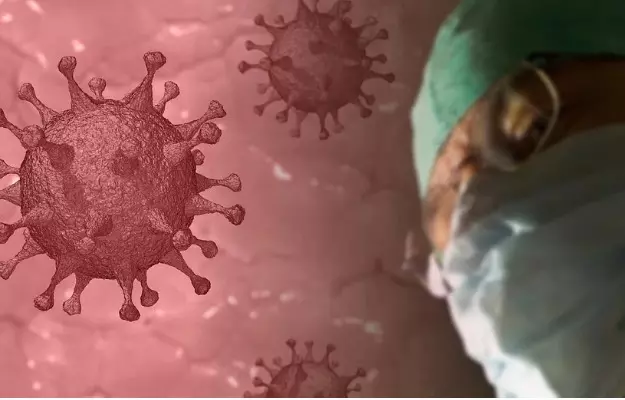The World Health Organization (WHO) declared COVID-19 a pandemic on March 11, 2020, as it is spreading at an alarming rate through the world; it was earlier called an outbreak and then an epidemic.
But why did this happen? Why was the title changed so quickly and what do these different words signify?
Well, the terms epidemic and pandemic are used to define the extent of the spread of infectious diseases.
What is an epidemic?
An epidemic is a sudden and abnormal increase in the number of cases of a disease in a given area. During an epidemic, a disease goes out of control and is spreading quickly.
An outbreak occurs in a smaller area generally, it could be in a particular area, community or in different countries.
What is a pandemic?
A Pandemic is when a disease spreads through several countries and continents. The Association for Professionals in Infection Control and Epidemiology, USA, lists the following differences between a pandemic and an epidemic:
- A pandemic is usually caused by a new strain of a virus or bacteria that quickly spreads in the community and against which humans have no immunity.
- A pandemic often spreads throughout the world or in a large number of countries and wider geographical areas.
- A pandemic affects many more people than an epidemic and has a higher mortality rate.
- Unlike epidemics, pandemics have social, economic and political effects.
So while SARS (Severe acute respiratory syndrome) was considered an epidemic, COVID-19 is a pandemic.
Acute respiratory diseases (ARDs) remain the leading cause of morbidity and death in the world. According to the WHO, about four million people in the world die every year due to acute respiratory diseases and 98% of these are due to lower respiratory tract infections (infection in the lungs).
Though bacterial ARDs exist, most outbreaks are viral in nature or have a mixed bacterial-viral origin. The spread of the disease and its severity in a given area depends on the availability of healthcare facilities, risk factors (susceptibility of the population), and how virulent the pathogen is (how quickly it can jump from one person to another and how severely it can affect healthy people).
New acute respiratory diseases with high impact on public health are often zoonotic in nature - they get transmitted to humans from animals. According to the WHO, the following factors play a role in the emergence and spread of a novel infectious disease:
- When a microbe adapts to a new environment or host - like in the case of COVID-19 and SARS.
- Living in close association with animals (both domestic and wild) or birds.
- When there is a change in land use or human behaviour and demographics.
- When a country does not follow appropriate public health measures.
- Due to a rise in international travel.
Prevention of epidemics and pandemics
Both pandemics and epidemics are managed by a single multistep strategy:
Early detection: To detect all the suspected cases as quickly as possible and diagnose them for the presence of infection.
Containment (isolation): Taking all the necessary measures to contain the disease while it is still on a small scale. This needs trained professionals who can isolate the cases and treat them effectively soon as they are diagnosed.
Control and mitigation: This step begins when a disease has already reached the stage of an epidemic or a pandemic. The aim of this step is to reduce the severity of the disease and mortality rate as much as possible.
Elimination: Eimination means the disease is controlled so much that it is no longer a pandemic or epidemic. At this stage, it is suggested to take measures to completely prevent the resurgence of the disease.
Eradication of a disease is a difficult task. According to the WHO, a disease is said to be eradicated when it is no longer present anywhere in the world and humans were its only reservoirs. Also, there should be available diagnostic methods for the disease to avoid transmission and a way to quickly break its transmission.
The following precautions are considered for controlling the spread of acute respiratory diseases and infections:
- Following proper hand hygiene - washing hands with soap and water for at least 20 minutes and using an alcohol-based hand sanitizer with at least 60% alcohol. Read more: How to make a hand sanitizer at home
- Isolating the suspected and confirmed patients.
- Wearing gloves and medical maks when treating the infected patient. Waterproof aprons or gowns are needed in healthcare facilities when there is a chance of splashing of body fluids.
- Eye protection is recommended for healthcare practitioners and medical masks for the patients outside the isolation areas.
- Disinfection of all the surfaces.





















